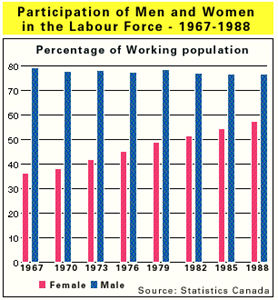The Québec Pension Plan (QPP) came into effect in 1966. It is the counterpart of the Canada Pension Plan (CPP). Similar to the CPP, the QPP is a compulsory public insurance plan for the Quebec labour force. The QPP provides persons who have worked in Quebec and their families with a retirement pension, disability benefits and survivors’ benefits. The QPP is financed by payroll contributions made from employees and employers. The QPP is administered by Retraite Québec and contributions are managed by the Caisse de dépôt et placement du Québec (CDPQ).
History
The Canada Pension Plan (CPP) was created in 1965 following federal-provincial negotiations. CPP legislation allowed provinces to withdraw from the plan if they established a comparable program. In 1965, Quebec established the Québec Pension Plan (QPP), which came into effect in 1966. Similar to the CPP, the QPP provides persons who worked in Quebec and their families with a retirement pension, disability benefits and survivors’ benefits (see also Pension; Disability; Death and Dying).
How it Works
The QPP is an obligatory public insurance plan. Workers in Quebec who are 18 years of age and older and whose annual employment income is more than $3,500 are enrolled in the plan. The QPP is funded by contributions split evenly between workers and their employers.
CDPQ
QPP contribution funds are managed by the Caisse de dépôt et placement du Québec (CDPQ). Established in 1965, the CDPQ is a global investment group that manages the funds of pension plans and public and parapublic insurance plans. Investment include private equity, fixed income securities, Canadian equities, foreign equities, real estate and other investments (see Equity in Canada; Bonds in Canada).

 Share on Facebook
Share on Facebook Share on X
Share on X Share by Email
Share by Email Share on Google Classroom
Share on Google Classroom



